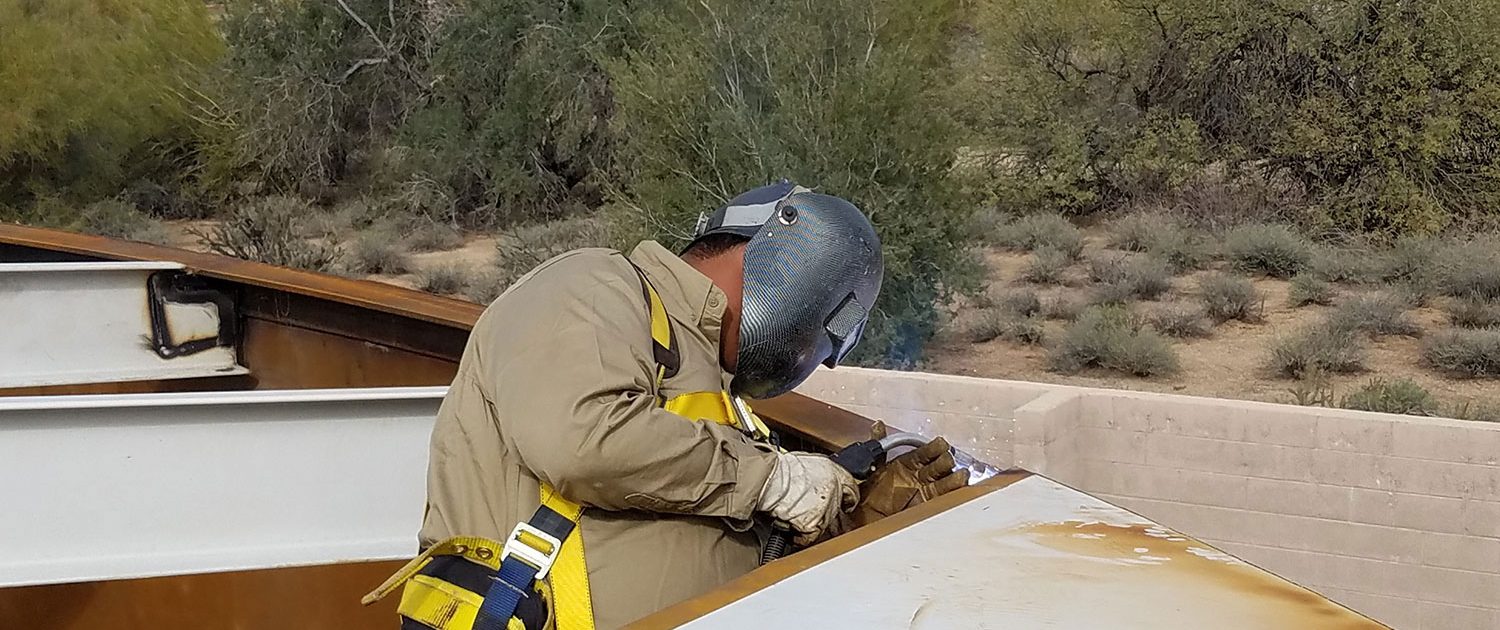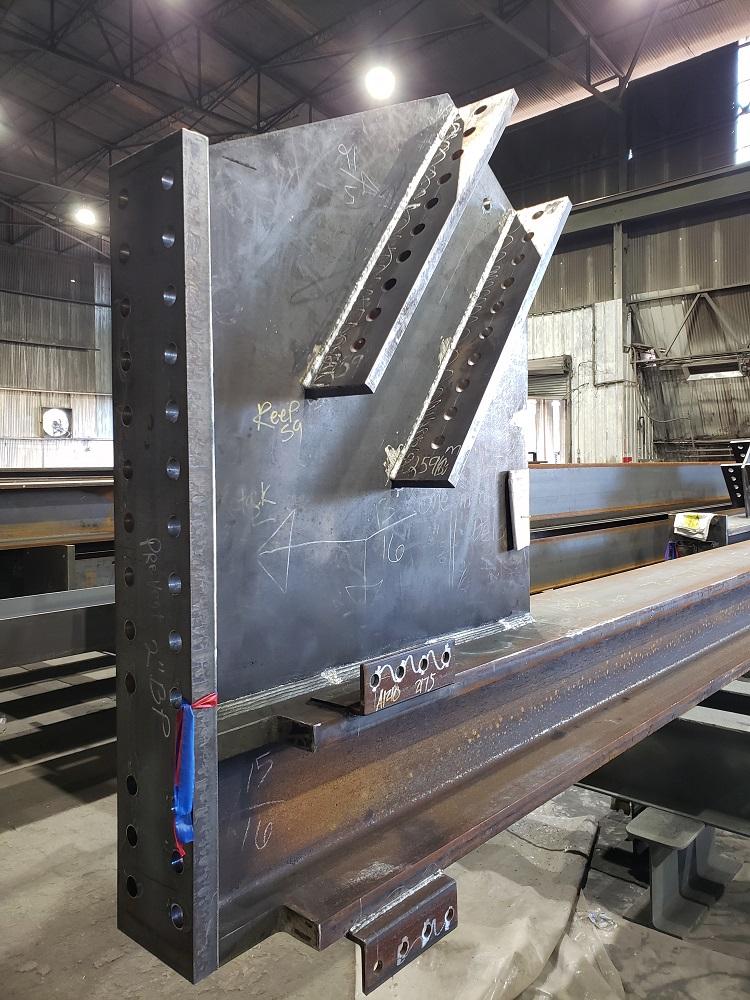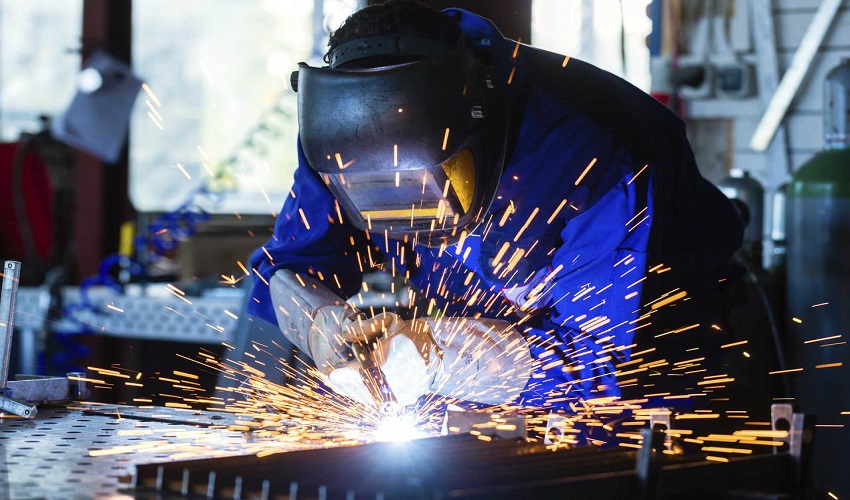Why Alpha Reo Is the Top Choice for Steel Reinforcement
Why Alpha Reo Is the Top Choice for Steel Reinforcement
Blog Article
Ingenious Patterns in Steel Construction: Enhancing Toughness and Precision
In the realm of steel manufacture, the quest of resilience and accuracy has actually brought about a wave of ingenious fads that are reshaping the sector. From innovations in welding innovations to the combination of robotic automation in construction processes, the landscape of steel manufacturing is developing rapidly. High-strength alloy development, paired with the use of 3D modeling and simulation software application, is pushing the limits of what is attainable in regards to structural integrity and precision. The expanding focus on sustainable methods in steel manufacturing is not only driving effectiveness yet also cultivating a more ecologically aware method to construction. These patterns are not just shaping the existing yet also preparing for the future of steel manufacture, guaranteeing additional improvements in resilience and precision.
Advanced Welding Technologies
In the world of steel manufacture, the fostering of sophisticated welding technologies has considerably transformed the sector's strategy to achieving superior quality and precision in structural welds. Advanced welding technologies, such as laser beam welding and rubbing stir welding, have actually arised as game-changers in the area. Laser beam welding employs a focused laser beam to sign up with steel components with amazing accuracy and rate, making it ideal for slim materials and elaborate designs. On the various other hand, friction mix welding produces exceptionally strong bonds by mechanically intermixing the molecules of the materials at the joint, getting rid of the requirement for melting the steel. These modern technologies use many advantages, including reduced heat-affected areas, very little distortion, and enhanced mechanical residential properties in the bonded joints. By leveraging these advanced welding strategies, steel producers can elevate the toughness, stamina, and precision of their structural welds, fulfilling the progressively demanding requirements of modern building and construction jobs.
Robotic Automation in Manufacture
Embracing robotic automation has come to be a cornerstone of contemporary steel manufacture practices, enhancing processes and boosting performance throughout the market. Robots are changing the means steel elements are made, providing unequaled accuracy and rate while reducing human error. These automated systems can deal with recurring jobs with consistent accuracy, causing better final result.
One trick benefit of robot automation in steel manufacture is the ability to work around the clock without tiredness, substantially boosting manufacturing result. This constant procedure lessens downtime and increases task timelines, inevitably conserving costs for manufacturers. Additionally, robots can be set to perform detailed jobs that might be tough or unsafe for human employees, improving safety and security in the office.
Furthermore, robotic automation makes it possible for seamless assimilation with other digital technologies, such as computer-aided design (CAD) software application and Net of Things (IoT) systems (metal fabrication melbourne). This interconnected method boosts communication between different phases of manufacture, optimizing workflows and making certain real-time monitoring and control. As the steel construction market proceeds to advance, robot automation stands apart as a transformative force driving effectiveness and accuracy in making procedures

High-Strength Alloy Advancement
The innovation of high-strength alloy growth in steel fabrication is reshaping the market's technique to boosting product longevity and performance. High-strength alloys are crafted to show superior mechanical homes, such as boosted tensile stamina, sturdiness, check out this site and deterioration resistance contrasted to standard steel qualities. By integrating these advanced alloys into fabrication procedures, suppliers can generate elements that endure higher tension levels and harsh settings, bring about even more long lasting and trustworthy output.
One key advantage of high-strength alloy development is the capacity to decrease material density without endangering structural honesty. This not just results in lighter-weight parts however also adds to set you back financial savings and improved performance in construction and assembly procedures. Furthermore, the enhanced strength-to-weight proportion of these alloys permits the design and building and construction of structures with greater load-bearing abilities while reducing general weight.
3D Modeling and Simulation Software Program
Improvements in steel fabrication processes have actually been considerably propelled by the assimilation of advanced 3D modeling and simulation software program devices. These tools permit fabricators to develop detailed online versions of their projects, enabling them to picture the final item with accuracy before any type of manual labor begins. By mimicing numerous tension aspects, ecological conditions, and structural lots, fabricators can enhance layouts for boosted sturdiness and efficiency. In addition, 3D modeling and simulation software program enhance the manufacturing procedure by identifying potential concerns early, lowering the need for costly rework and reducing material waste.

Lasting Practices in Steel Production
Incorporating lasting methods into steel manufacturing procedures is crucial for reducing ecological effect and ensuring long-lasting source accessibility. One crucial sustainable method is the adoption of energy-efficient innovations to reduce greenhouse gas discharges throughout the steel production process. This includes utilizing renewable resource resources, such as solar or wind power, to power steel plants and applying energy-efficient tools to maximize power use.
One more critical facet of sustainable steel manufacturing is the liable sourcing of resources. This includes making certain that the iron ore and other sources used in steelmaking are acquired from ecologically pleasant and moral sources. By promoting transparency in the supply chain and sticking to rigorous ecological standards, steel manufacturers can reduce the adverse influences of source removal on local ecological communities and neighborhoods.

Conclusion
To conclude, the cutting-edge patterns in steel construction such as sophisticated welding technologies, robotic automation, high-strength alloy growth, 3D modeling and simulation software application, and sustainable techniques are boosting the durability and accuracy of steel products. These advancements are changing the steel construction industry by boosting sustainability, high quality, and performance. It is clear that the future of steel construction depends on accepting these advanced technologies to satisfy the demands of contemporary construction and production industries.
In the realm of steel fabrication, the quest of resilience and accuracy has led to a wave of ingenious fads that are reshaping the sector.In the realm of steel construction, the fostering of advanced welding modern technologies has dramatically reinvented the market's strategy to achieving remarkable quality and precision in architectural welds. As the steel fabrication market proceeds to evolve, robotic automation stands out as a transformative pressure driving performance and accuracy in making processes.
Additionally, reusing and recycling steel scrap and waste materials play a substantial duty in improving the sustainability of steel manufacturing. steel fabrication melbourne.In verdict, the innovative patterns in steel manufacture such as advanced welding technologies, robot automation, high-strength alloy advancement, 3D modeling and simulation software program, and sustainable techniques are boosting the durability and precision of steel products
Report this page